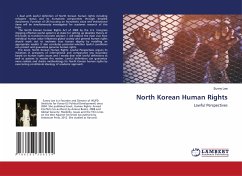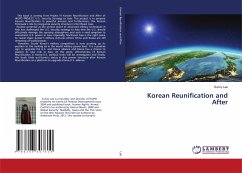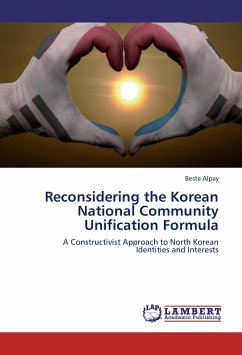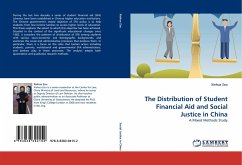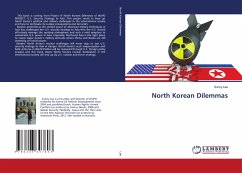After the Asian Financial Crisis in 1997, many researches and studies found internal and external impacts and came to a general agreement that investors' panic behavior made South Korea to be a part of the crisis. There are general ideas about why and how investors started to panic. This thesis focuses on specific events that triggered investors' panic behavior. The conclusion shows that investors started panic and withdraw their funds from South Korea when Kia, 8th largest chaebol in South Korea, was impacted by the economic down turn in July 1997. Korea's stock market and foreign reserves started to significantly decrease in July 1997 and these show that investors started to panic after they were informed about Kia's economic circumstance. Another important result from the study is that there have been few large chaebols that failed before Kia. This shows that fall of chaebols before Kia made investors to doubtful about Korea's economy and Kia's fall made investors to lose confidence in the Korea's economy.


